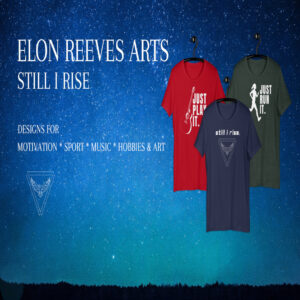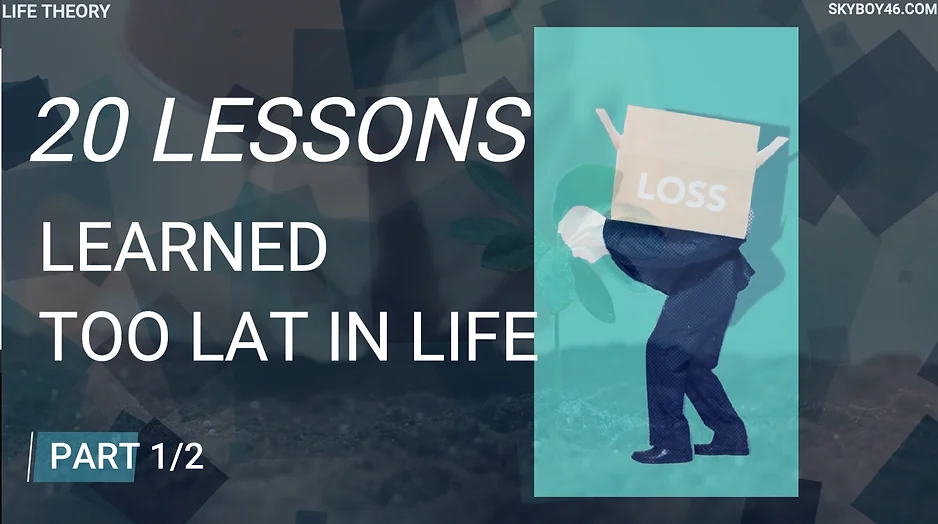What happens when the idols we admire fall from grace? From Bill Cosby to Bloody Mary, explore the dark side of fame, power, and the illusions of heroism. Discover how unchecked influence can lead to downfall and why the real heroes might be closer to home than you think. Are we idolizing the wrong people?
SUBSCRIBE: https://www.youtube.com/@LifeTheory46
VISIT: https://linktr.ee/lifetheory46
Get You Monthly Life Stories in Advance & Our Premium Learning Packs HERE:
Lessons from the Fall: Power, Fame, and the Abyss
History has shown us time and time again that those who rise to the pinnacle of success can tumble down just as hard. The more power they wield, the farther they can fall, and the more startling their descent becomes. Today, we venture into stories that blend admiration with disillusionment, where celebrated figures turned into cautionary tales, revealing the unsettling truth about the corrupting influence of fame and power.
As societies evolved, we went from revering emperors and kings to idolizing celebrities. Yet, even with all our modern media, which can shine a spotlight on every detail of their lives, we still find ourselves blindsided when the facades crumble. In the recent past, some of those who shaped our childhoods and commanded our respect were found in courtrooms rather than on stages or screens. These were people who had seemingly achieved it all but lost themselves—or maybe they were never who we thought they were. There is much to learn here: not just about them, but about ourselves and the ways we idolize success.
Consider Bill Cosby, once a towering figure of comedy and culture. His career took off in the 1960s, and he made history as the first African American to win an Emmy Award for acting. The 1980s brought him even greater fame with The Cosby Show, a groundbreaking sitcom portraying a prosperous Black family, a show that made audiences laugh and relate regardless of race. Cosby became a household name, a figure who shaped cultural norms and who many trusted. Yet, behind the charismatic image lay a much darker reality.
In 2014, comedian Hannibal Buress brought longstanding allegations against Cosby back into public focus with a stand-up routine that did more than provoke laughter—it rekindled decades-old accusations of sexual misconduct. As the news spread, dozens of women came forward, sharing disturbing stories that spanned Cosby’s entire career. Despite his legacy as a beloved entertainer, his actions betrayed a pattern of predatory behavior that unraveled the public’s trust. The man behind the wholesome image had caused profound harm, shattering the illusion that charm and morality go hand in hand. Even though his conviction was later overturned, the damage to his reputation remains irreparable, serving as a stark reminder that fame does not equate to integrity.
Turning the clock back centuries, another figure who commands attention for a very different kind of fall is Mary I of England—better known as Bloody Mary. Born to a king’s favor, she was the beloved daughter of Henry VIII and Catherine of Aragon. But life took a sharp turn for Mary when her mother fell out of Henry’s grace, leading to a cascade of tragedies: her parents’ marriage annulled, her own legitimacy questioned, and her mother’s death under heart-wrenching circumstances. The people’s sympathy grew for Mary, who endured it all with resilience.
Mary’s return to prominence came after the brief reign of her half-brother Edward VI, who attempted to deny her the throne. Upon his death, Mary swiftly claimed her birthright, assembling an army to secure her position. As she took the crown, she promised religious tolerance, but the reality of her rule told a different story. In the name of restoring Catholicism to England, she burned over 300 Protestants at the stake, cementing her infamous legacy. Her choice to marry the Spanish king Philip further alienated her subjects, who felt betrayed by what they saw as prioritizing foreign interests over her own people. Mary’s short reign ended in bitterness and isolation, with her reputation forever marred by bloodshed.
At first glance, Bill Cosby and Mary I seem worlds apart—different eras, different lives. One was a beloved figure in the entertainment industry, while the other was a queen wielding the power of life and death. Yet, their stories share a haunting similarity: both had the admiration and affection of those around them, only to squander that goodwill in ways that left permanent scars. They remind us that public adoration does not shield one from falling into darkness. When influence and power become unchecked, the line between hero and villain can blur quickly, revealing a side that few could have imagined.
In our modern age, where parasocial relationships are commonplace, the allure of famous personalities often clouds our judgment. We form emotional bonds with figures who are largely untouchable, creating a false sense of connection that doesn’t reflect reality. The truth is, our idols are just as flawed as anyone else—sometimes more so. And when the veil is lifted, we are left to reconcile the gap between the image we revered and the reality that stands exposed.
It’s time we looked closer to home for inspiration. While celebrities and historical figures can offer valuable lessons, those lessons are often learned at a distance. Real heroes may not have legions of fans or overflowing bank accounts, but their impact is tangible. The people around us—our family, friends, mentors—can teach us just as much, if not more. They offer guidance through the choices they make, the values they hold, and the actions they take when no one is watching. Their integrity is not something broadcasted to millions but lived out in daily life. And that’s the kind of example worth following.
–> Read More Life Stories Here:
https://www.lifetheory.us
https://www.lifetheory.eu
Buy all of our Life Stories & Our Premium Learning Packs. Listen or Read to them anytime you want. Have them Forever.
You can get each monthly lesson on our website at https://www.skyboy46.com/store
SHARE THIS STORY
Visit Our Store
SHOP NOW
www.skyboy46.com & www.myskypet.com
Designed For Pet Lovers & Introverted Souls
Sport, Hobbies, Motivation, Music & Art






~EXPLORE MORE~
www.linktr.ee/skyboy46


